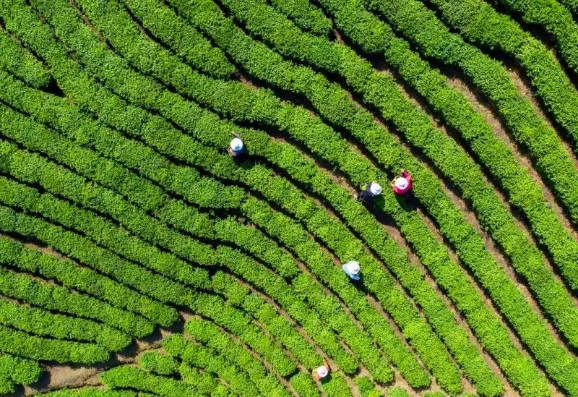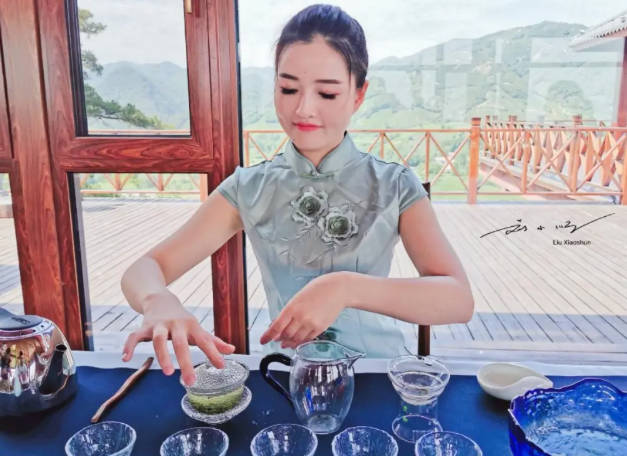Xinyang Maojian Seasons: Best Time to Buy & Taste
If you want to buy the right Xinyang Mao Jian, the first thing you need to know is when it is picked. The taste, aroma and price of tea vary greatly from season to season. Below we introduce the main types of Xinyang Mao Jian in chronological order to help you choose your tea easily.

1. Wuniu Early (mid to late March)
This is the earliest picking variety of Xinyang Mao Jian and belongs to the early spring tea. Wuniu Early and Fuding Great White Tea are varieties introduced from abroad, characterized by early germination and usually marketed before the Qingming Festival. Its tea buds are fresh and tender, suitable for tea lovers who like to taste fresh tea.
2. Mingqian tea (before Qingming Festival, before April 5)
Mingqian tea is the top tea of Xinyang Mao Jian, which is made from local old dry tea varieties. At this time, the most tender tea leaves, almost all buds, tea soup is fragrant and elegant, the price is higher, suitable for the pursuit of high quality tea drinkers.
3. Pre-rain tea (after Qingming – before the rainy season, before April 20)
Pre-rain tea is slightly later than pre-Mingming tea, with fuller growth of tea leaves, usually one bud and one leaf. It has a mellower flavor and stronger aroma, and the price is a bit lower than that of pre-Mingqian tea, which is very cost-effective.
4. Spring end tea (before the end of May)
Spring end tea is the last batch of tea in spring, the tea leaves are a little thicker, but with a high degree of resistance to brewing, the flavor is still good, the price is more affordable, suitable for daily drinking.
5. Summer Tea (after June)
Summer tea has wide leaves, strong tea flavor, slightly bitter, and strong brewing resistance. It is less concerned about the appearance, suitable for people who like strong tea or economic consumption.
6. Autumn Tea (White Dew Tea is of better quality)
Autumn tea in the White Dew tea (picked before and after the White Dew Festival) is of better quality, with a taste between the freshness of spring tea and the bitterness of summer tea, with a unique sweet and mellow aroma.





